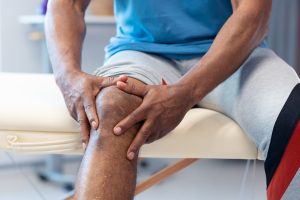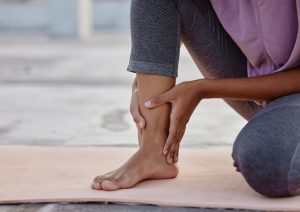Lower back pain is a common concern for many people, and finding relief can feel like a challenge. Fortunately, there are effective ways to manage and alleviate this discomfort from the comfort of home. Here’s a quick guide to help you ease lower back pain with simple techniques and expert-backed tips.
1. Try Gentle Stretching Exercises
Incorporate gentle stretches to improve flexibility and reduce tension in the lower back. For example, try the knee-to-chest stretch: lie on your back, bring one knee to your chest, hold for a few seconds, and switch legs. These stretches help release tightness, supporting relief from pain and strain.
2. Focus on Core Strengthening
Strengthening your core muscles can significantly support the spine, reducing pressure on the lower back. Simple exercises like planks and bridges help build core stability, which can prevent future episodes of back pain and support your posture.
3. Apply Heat or Cold Therapy
Applying a warm compress or heating pad can soothe sore muscles and improve blood flow. Alternatively, using a cold pack helps numb sharp pain and reduce inflammation. Switch between heat and cold therapy as needed, each for 15–20 minutes, for the best results.
4. Maintain Good Posture
Poor posture can strain your lower back. Focus on sitting upright with both feet flat on the ground and avoid slouching. Maintaining good posture throughout the day reduces back pain and promotes better spinal alignment, helping you feel more comfortable and preventing unnecessary strain.
5. Practice Deep Breathing and Relaxation Techniques
Stress and tension can worsen back pain. Practicing deep breathing and mindfulness techniques can relax your muscles and help you feel more in control of your pain. Taking a few moments each day to breathe deeply or meditate can relieve discomfort and encourage healing.
6. Use a Supportive Chair or Cushion
If you spend a lot of time sitting, make sure your chair provides good lumbar support. You can also place a cushion behind your lower back for additional support, which helps maintain proper posture and alleviates pressure on your spine.
7. Avoid Heavy Lifting
If possible, avoid lifting heavy objects while managing lower back pain. When lifting is necessary, remember to use your legs instead of your back. Keep the object close to your body and bend at the knees, not the waist, to reduce strain on your lower back.
8. Stay Active with Low-Impact Exercises
Low-impact activities, like walking or swimming, can strengthen your back without putting excessive stress on it. Aim for gentle movement that feels comfortable and doesn’t worsen the pain. This type of exercise helps keep your body flexible and mobile, supporting overall back health.
9. Try Over-the-Counter Pain Relief
Over-the-counter medications can temporarily relieve lower back pain when used responsibly. It’s always best to consult with a healthcare professional before starting any medication, as they can provide guidance based on your specific needs.
10. Know When to Seek Professional Help
If your pain persists or worsens, it may be time to consult a back specialist. Dr. Ghalambor, an internist and anesthesiologist specializing in interventional pain management, emphasizes, “At-home remedies can be effective for managing mild discomfort, but persistent or severe pain should be evaluated by a professional to rule out more serious conditions and provide specialized care.”
Taking proactive steps to relieve lower back pain can improve your comfort and quality of life. If you’re looking for expert guidance, consider booking a consultation with a trusted back doctor. Services at NorTex Spine & Joint Institute provide expert-backed care to help you regain mobility and find lasting relief. With convenient new locations in Fort Worth, Coppell, and Garland, we’re just a call away when you need us.








